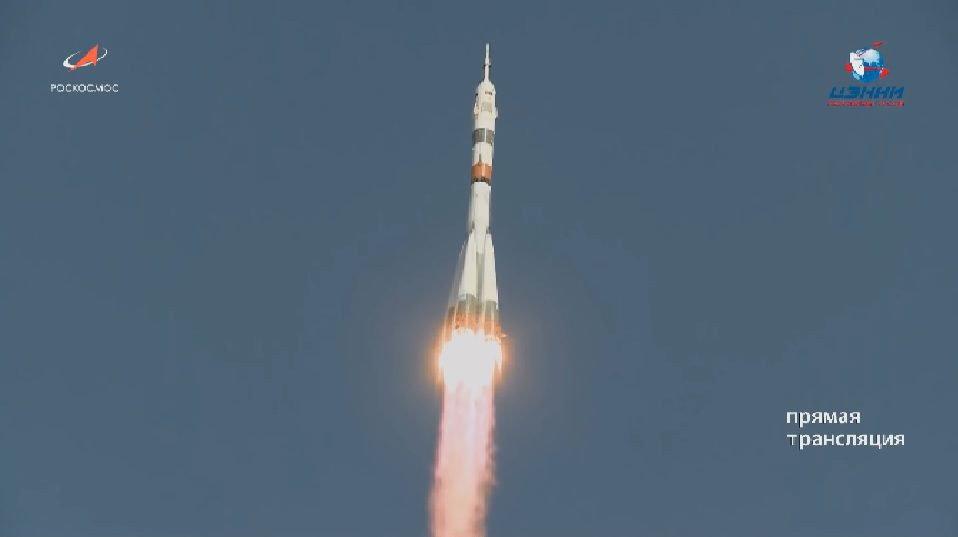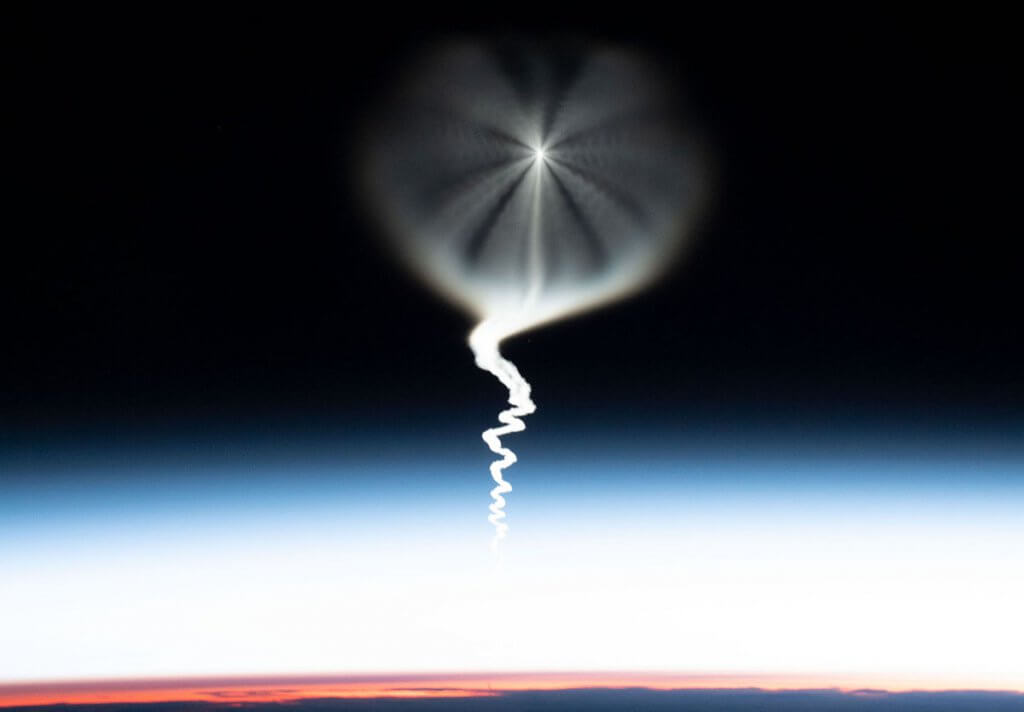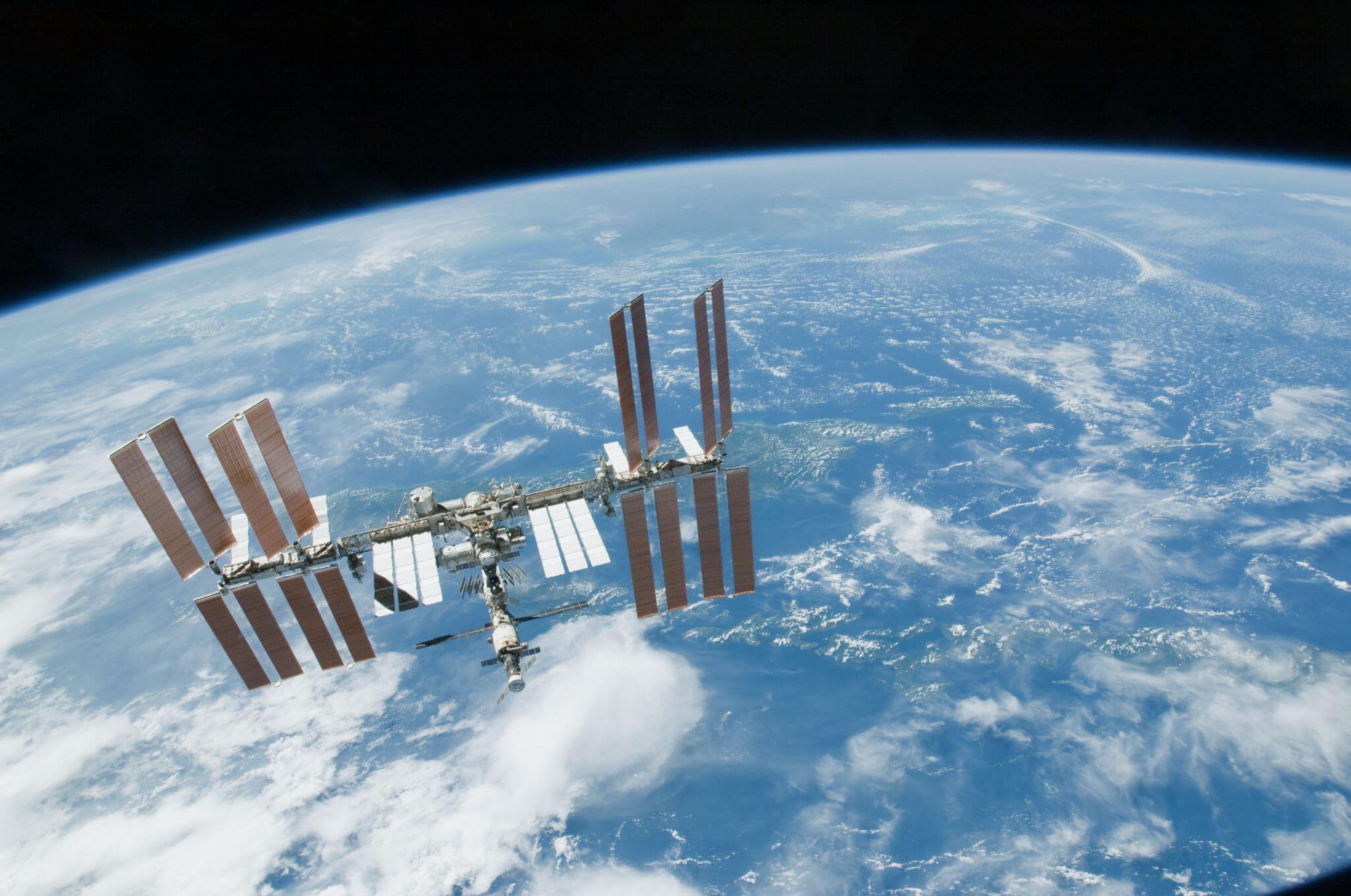At 1357 GMT on 25 September, a Soyuz-FG rocket lifted off from Launch Site No. 1/5 at the Baikonur Cosmodrome, Kazakhstan, carrying the Soyuz MS-15 crew mission to the International Space Station (ISS). This launch marked the end of some eras – and the beginning of new ones. It was the 70th and final planned flight of the Soyuz-FG variant. This temporary flight variant will be replaced in its crucial manned-space role by the digital Soyuz 2-1A, which conducted its first launch in this application in an unmanned Soyuz MS-14 mission in August.
The launch pad, Site No. 1/5, is also expected to be retired following this mission. This historic site provided the pad from which Cosmonaut Yuri Gagarin began the first human spaceflight in April 1961. It also holds accolades for launches of the World’s first ICBM, the first satellite (SPUTNIK), the first to leave Earth’s orbit and the first Impactor to reach the Lunar surface.

The Soyuz-FG rocket lifting-off from Baikonur Cosmodrome carrying its crew of three into orbit. Courtesy of Roscosmos
On-board the flight heading to the ISS as part of Expedition 61/62 are: Russian Cosmonaut Oleg Skripochka, NASA Astronaut Jessica Meir and Emirati Astronaut Hazzaa AlMansoori. AlMansoori is the first Emirati to fly to space and the United Arab Emirates is the 41st nation to send one of its citizens into orbit. AlMansoori is expected to spend eight days in space before returning to Earth in the Soyuz MS-12 capsule.

Astronaut Christina Koch on the International Space Station (ISS) imaged a stage firing during the last ever Soyuz FG lifting the Soyuz MS-15 into orbit on its way to the ISS. Courtesy: NASA
After a four orbit chase the Soyuz MS-15 capsule successfully docked with the ISS Zvezda aft port at 1942 GMT, approximately six hours after launch.
The next Soyuz mission to the ISS – Soyuz MS-16 – is planned for April 2020 and will be utilising the Soyuz 2-1A rocket.






